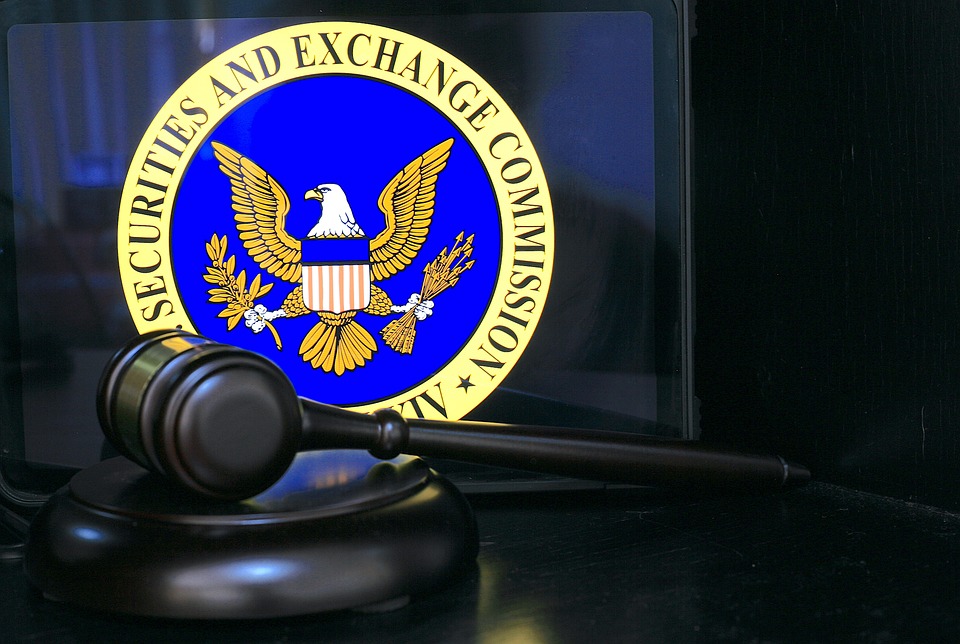Understanding the Importance of Emissions Reporting
In an era where climate change is at the forefront of global concerns, the transparency and accountability of businesses regarding their environmental impact have become increasingly crucial. The question of whether to report emissions is no longer just about compliance; it's about demonstrating commitment to sustainability, meeting stakeholder expectations, and positioning your business for future success. This page explores why emissions reporting is becoming indispensable, including recent regulatory developments, the demands of large corporations, consumer expectations, and more.
The Rise of Emissions Reporting Requirements
Recent regulations, including a groundbreaking ruling by the Securities and Exchange Commission (SEC), mandate that publicly traded AF's and LAF's to disclose their greenhouse gas (GHG) emissions. This landmark decision underscores the growing recognition of climate-related risks to financial stability and investor interests. By requiring emissions reporting, regulators aim to ensure that companies assess and disclose the potential impacts of climate change on their operations, providing investors with critical information for decision-making.


Large Corporations Lead the Charge
Beyond regulatory requirements, there's a significant trend among large corporations to mandate emissions reporting within their supply chains. Companies recognize that their environmental footprint extends beyond direct operations, encompassing the entirety of their value chain. By requiring suppliers to report emissions, these corporations are taking comprehensive steps to minimize their overall carbon footprint, enhance sustainability, and mitigate climate-related risks across their operations.
Competitive Advantage and Market Access
Emissions reporting can provide a competitive edge in several ways. First, it positions a company as a leader in sustainability, enhancing its reputation and brand value. Second, it opens doors to new markets and business opportunities, particularly with large corporations and government entities that prioritize sustainability in their procurement processes. Finally, systematic emissions reporting drives internal improvements in efficiency and cost savings, as it often identifies areas where energy consumption and waste can be reduced.
Consumer Demand for Sustainability
Today's consumers are more informed and concerned about environmental issues than ever before. They seek transparency and are more likely to support businesses that demonstrate a genuine commitment to sustainability. Emissions reporting is a tangible way for companies to communicate their environmental impact and the steps they're taking to reduce their carbon footprint. This transparency not only builds trust with consumers but can also differentiate a brand in a crowded market, appealing to the growing segment of eco-conscious customers.
Strategic Planning and Risk Management
Accurate emissions reporting enables businesses to identify and assess climate-related risks, integrating this understanding into strategic planning and risk management. Companies can set informed targets for emissions reduction, develop strategies to achieve these goals, and monitor progress over time. This proactive approach to managing environmental impacts not only mitigates risks but also uncovers opportunities for innovation and growth.
California's New Requirements
In California, two significant climate-related disclosure laws were enacted, necessitating extensive climate-related disclosures from many large U.S. companies beginning in 2026. These laws mandate the disclosure of direct (Scope 1), indirect (Scope 2), and value chain (Scope 3) greenhouse gas emissions, as well as climate-related financial risks following the Task Force on Climate-Related Financial Disclosures (TCFD) recommendations. This represents a substantial expansion in reporting requirements, with specific details on compliance to be defined by the California Air Resources Board.
SEC Emissions Reporting Regulations
The Securities and Exchange Commission (SEC) recently adopted rules requiring public companies to provide enhanced and standardized climate-related disclosures. This landmark decision aims to provide investors with more consistent, comparable, and reliable information regarding the financial impacts of climate-related risks on companies and how they manage those risks. Here's a summary of the key aspects of these regulations, highlighting who needs to file, what they need to file, and when:
Who Is Required to File
- Large Accelerated Filers (LAFs) and Accelerated Filers (AFs) are primarily targeted by these new rules, with a phased approach for compliance based on the filer's status.
What Needs to Be Filed
- Material Climate-Related Risks: Companies must disclose climate-related risks that have had or are likely to have a material impact on their business strategy, operations, or financial condition.
- GHG Emissions Reporting: LAFs and AFs must disclose material Scope 1 and Scope 2 GHG emissions, subject to phased-in assurance requirements. Initially, Scope 3 emissions disclosure is not mandated.
- Governance and Risk Management: Disclosures around governance and oversight of climate-related risks, the impact of climate risks on the company’s strategy and operations, and how these risks are managed.
- Financial Impacts and Targets: Information must be provided on financial statement impacts and the effects on financial estimates due to climate-related factors. Additionally, companies must disclose their climate-related targets or goals and their material impacts.
When
- The compliance dates are phased, starting with annual reports for the year ending December 31, 2025, for calendar-year-end LAFs, and later for other filers.
- The final rules will become effective 60 days after publication in the Federal Register, with staggered compliance dates depending on the registrant’s filer status.
Why Reporting Is Becoming Important
- Regulatory Compliance: The SEC's ruling reflects a significant shift towards transparency in how companies are affected by climate change, making it essential for companies to understand and report their climate-related risks and GHG emissions.
- Investor Demand: Investors increasingly seek detailed information on how climate change impacts the companies in which they invest, making emissions reporting a critical aspect of corporate disclosures.
- Corporate Responsibility and Consumer Expectations: There's a growing expectation from consumers and the public for companies to be responsible stewards of the environment. Reporting emissions and taking action to reduce them demonstrate a commitment to sustainability.
- Supply Chain Accountability: Large corporations are starting to require emissions reporting from their suppliers, making it a necessary practice for businesses across various sectors to remain competitive and retain business relationships.
This regulatory development emphasizes the growing integration of sustainability considerations into corporate governance and financial reporting. Companies, especially those classified as LAFs and AFs, need to start preparing now to meet these new reporting requirements by developing robust mechanisms for tracking and managing their climate-related data and risks.
For more detailed information, you can visit the SEC’s official announcement (SEC.gov). Further insights into the specific requirements, including GHG emissions disclosures, can be found in the Harvard Law School Forum on Corporate Governance (Harv Law Forum).
SC&B Green: Facilitating Your Emissions Reporting Journey
At SC&B Green, we understand the complexities and challenges of emissions reporting. Our services are designed to guide businesses through every step of the process, from initial data collection and analysis to the development of comprehensive reporting that meets regulatory standards and aligns with stakeholder expectations. With our expertise, companies can navigate the evolving landscape of emissions reporting, turning sustainability commitments into actionable, reportable progress.

